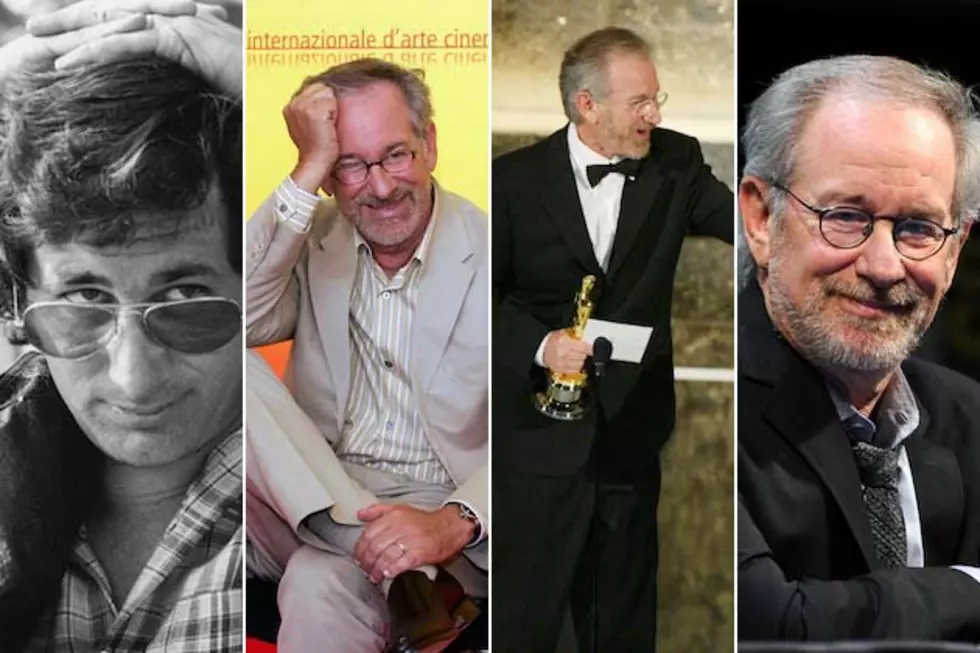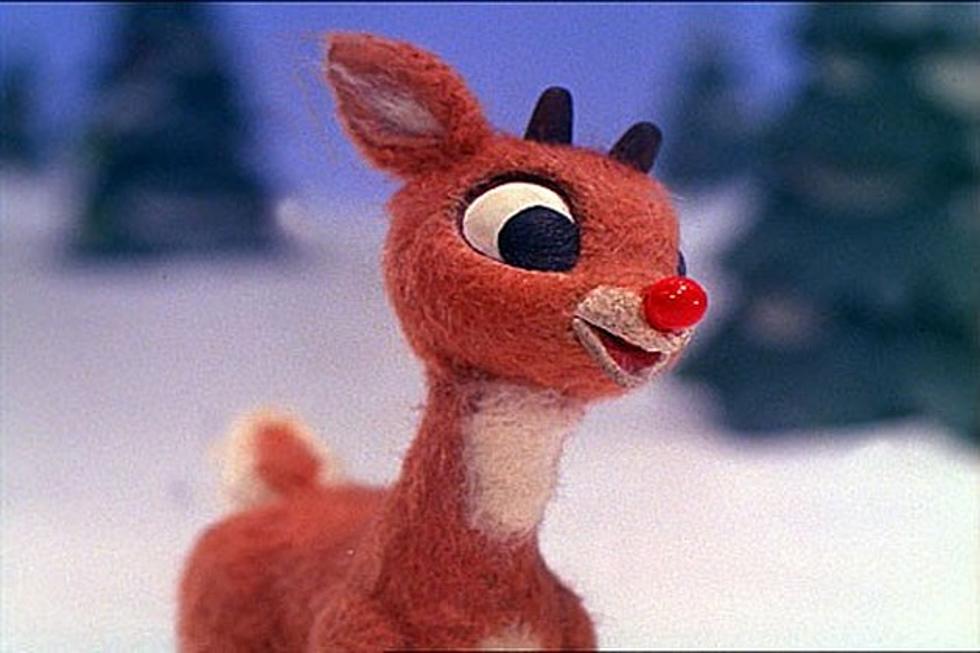
10 Things You Probably Didn’t Know About Maurice Sendak
Maurice Sendak’s passing marked more than just the end for a great children’s author and illustrator. Parents and children alike have read and loved Sendak’s works and stories for years because as Sendak often said, he didn’t consider his books to be for children. They may have been marketed that way, but the ideas and images Sendak created spoke to more than just the young and young at heart.
His stories and drawings for books like 'In The Night Kitchen,’ ‘Outside Over There’ and ‘Where the Wild Things Are' emitted a unique mix of whimsy and horror, something that was unheard of for children’s literature at the time. Inspired by his father’s gift for storytelling, his childhood love of art and an early loss of innocence during his childhood (much of his family died during the Holocaust), Sendak’s books spoke to children and adults in ways that no other literature of its kind ever could. So as the world mourns the loss of an eccentric and honest artistic prodigy, we celebrate the life of a man whose gift to the world goes well beyond the place where the “Wild Things” play.
1. ‘Where the Wild Things Are’ wasn’t his favorite book
Sendak may be best known for creating the beastly characters that come from the mind of a mischievous boy, but it’s far from his favorite. It may be his most iconic and talked about book but it’s one he least enjoyed discussing in interviews.
He revealed his two favorites during his recent tongue-in-cheek interview with Stephen Colbert. ‘Outside Over There’ is a terrifying tale about a girl who has to save her baby sister from a gang of evil goblins inspired by Sendak’s own early childhood fear of being kidnapped after learning that Charles Linbergh’s baby had been snatched out of its crib. (This theme appears throughout Sendak's books.) His other favorite, ‘Higglety Pigglety Pop! or There Must Be More to Life,’ is a sad story about a dog who abandons the comfort of domestication to find more out of its short life. (Sendak’s wrote the book as a tribute to his beloved Sealyham Terrier Jennie.) It was made into an animated short in 2010 for the 'Where the Wild Things Are' Blu-ray and received an Academy Award nomination for Best Animated Short.
2. His first published book was a science textbook
Sendak knew he wanted to draw and write from a young age and found work in the 1940s with the toy store FAO Schwartz, decorating window displays to draw children’s attention. His first published work hit store shelves in 1947 when he contributed drawings to the physics textbook ‘Atoms for the Millions’ by Maxwell Edinoff and Hymann Ruchlis. While not for children, the book featured Sendak’s trademark cross-hatching drawings in a kid-friendly comic book style. Copies of the textbook sell for big bucks across the internet and at collector auctions.
3. His older brother Jack also wrote children’s books
Maurice wasn’t the only writer in his family. In fact, one of his biggest inspirations came from his brother who was already writing books by the time he entered the work force. Jack’s novels such as ‘Circus Girl,’ ‘The Second Witch’ and ‘Martze’ took a very surrealist tone, another convention of children’s writing that was almost unheard of during its time.
Maurice not only credited Jack with giving him the inspiration and motive to write and draw for a living, but he also credits him with saving his life and saving him from his family as Maurice tried to endure their painful childhood together. Jack passed away in 1995.
4. He also designed sets for theatrical performances
Sendak had a lifelong love for classical arts and the opera. During a lull in his book writing career, he devoted a large portion of his time to designing and creating elaborate set and background pieces for theatrical productions of 'The Nutcracker' and Leos Janacek’s ‘The Cunning Little Vixen.’
5. One of the most ardent 'Where the Wild Things Are' critics later admitted he never actually read the book
There was a time when Sendak's groundbreaking ‘Where the Wild Things Are’ actually developed quite a bit of controversy in its heyday. The book’s brutal honesty scared a lot of parents who saw it as too much for a young child to be exposed to at an impressionable age. Psychologist Bruno Bettelheim actually accused Sendak of causing anxiety in children because of the book's theme of “desertion” in the scene where Max gets sent to bed without supper. Bettelheim later admitted he had never read the book before making his assertions.
6. He didn’t allow his creations to be licensed for more than 60 years
Much like like ‘Calvin and Hobbes’ creator Bill Watterson, Sendak didn’t believe in letting any old company co-opt the image of his most famous creation for a few measly bucks. Sendak actually held the commercial rights to his drawings and stories until 1997 when he opened the floodgates. The most noticeable was a global ad campaign for Bell Atlantic featuring Sendak’s most famous monster.
7. His parents only complimented one of his works
Maurice’s parents may have done what they could to raise their children, but the brooding Brooklyn family’s house helped feed his artistic side and showed him at a young age just how horrible the world around him could be. In fact, Sendak's parents really didn’t pay much credit or praise to their son’s work until he illustrated a series of stories written by Isaac Bashevis Singer based on portraits of his extended family who were killed during the Holocalust. “And I went through the album and picked some of my mother’s relatives and some of my father’s and drew them very acutely. And they cried,” Sendak said.
8. Disney made a ‘Where the Wild Things Are’ animated film
Sendak also sold the movie rights to his most famous book to Walt Disney Studios in the early 1980s. The studio was slowly starting to move closer to using computers to fully animate their films thanks to movies like ‘Tron.’ One of their early computer animators, future Pixar superstar John Lasseter. used the new technology to produce a partially hand-drawn cartoon for a short ‘Where the Wild Things Are’ test film. Plans to turn the small short into a full-length feature never materialized.
9. Sendak wanted Spike Jonze to direct ‘Where the Wild Things Are’
In fact, the project stayed in development for several years until Sendak stepped in and insisted that Spike Jonze helm the movie version of his most famous book. Sendak had seen Jonze’s directorial debut, the critically acclaimed film ‘Being John Malkovich,' and insisted that Jonze take over the film. Jonze initially developed the film for Universal, but after disagreements about the film's tone the director took it to Warner Bros. instead. Jonze and Warner Bros. reportedly butted heads over the film's dark, melancholy tone, with rumors circulating back in 2008 that the studio wanted to reshoot the film for a mainstream audience.
10. His last published book won’t be his last published book
The world might be mourning the loss of great writer, but Sendak's last book, ‘Bumble-Ardy,’ was far from his final work. Sendak completed ‘My Brother’s Book’ before his passing with plans for a wide release. A feature-length poem about brothers, it stands as a tribute to his beloved brother Jack. The book will hit store shelves next February.
More From TheFW









